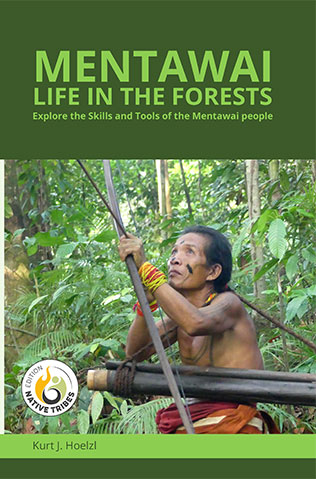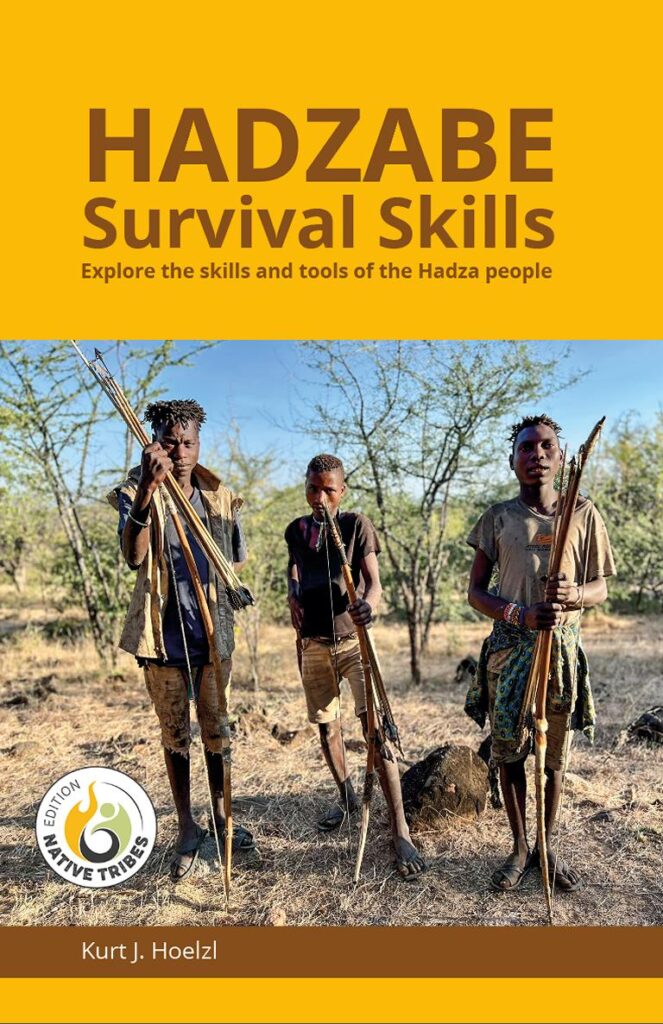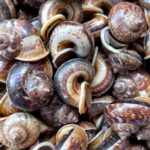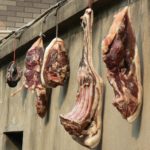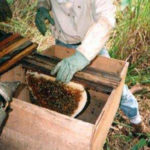The name Kaba is used for several large green caterpillars. Lobobunaea phaedusa can be up to 10 cm long and is usually found singly between October and May. When disturbed the caterpillar contracts in defence. They are sometimes very difficult to see, blending well with surrounding leaves.
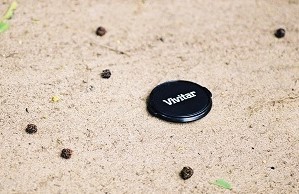
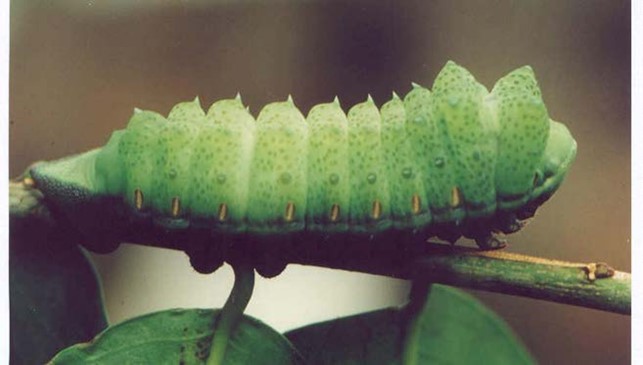
The green caterpillars are usually found when its droppings are discovered below the tree on which it is feeding, hence the saying: “Kaba kafurilanga mu nsasa yani kibeni kagetanga va ntoto” “The death of the Kaba is caused by its droppings”.
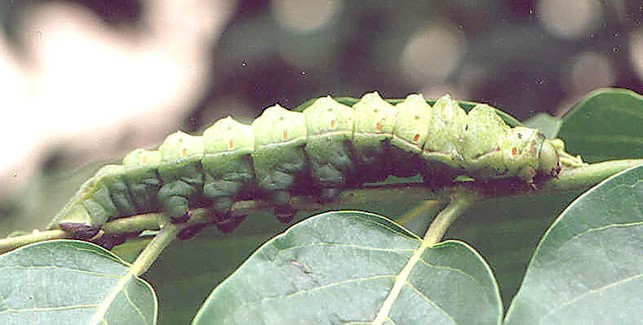
It turns brown when about to pupate. This takes place in the soil under some leaves. There may be 3 – 4 generations per year. Lobobunaea phaedusa feeds on a wide variety of plants. It is however often found on Annona senegalensis subsp. oulotricha and on Crossopteryx febrifuga.
Kaba (Pseudobunaea pallens)
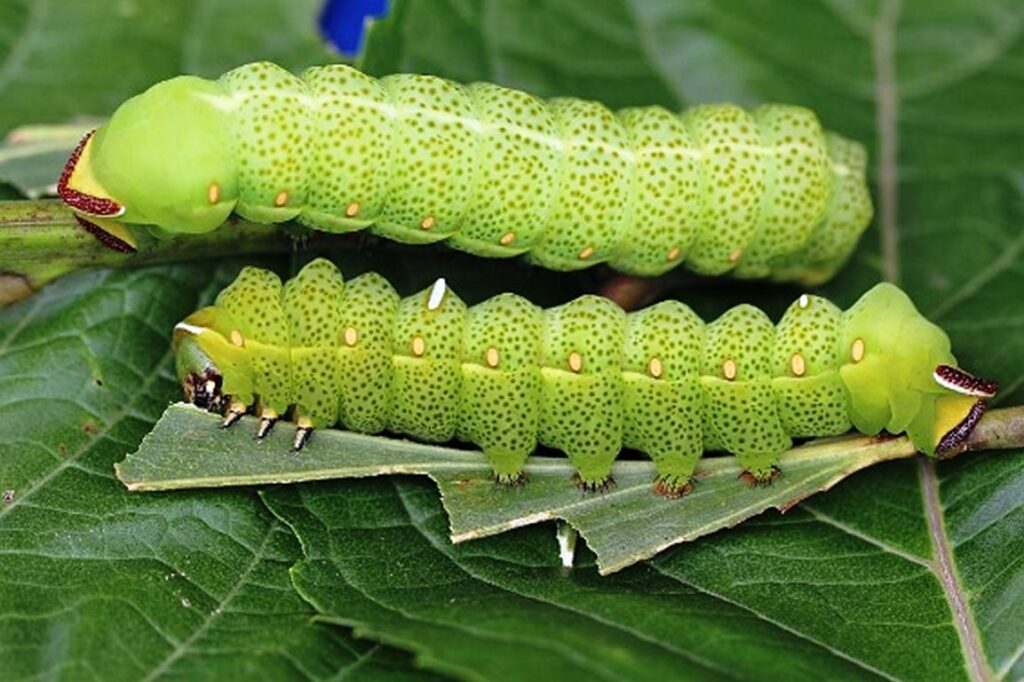
Larvae are up to 8 cm long, green with swollen ridged segments, and speckled with dark green spots. Some segments may bear small silver knife-like markings. Spiracles yellow. The larvae were feeding on Acacia mangium and are known to eat a wide variety of plants.
.
.
.
More articles on this website about caterpillars can be found via the following links:
Edible caterpillars in D.R. Congo, Introduction
Edible caterpillars in D.R. Congo, Part 1
Edible caterpillars in D.R. Congo, Part 2
Edible caterpillars Nudaurelia sp.
Collection of edible caterpillars in D.R. Congo
Edible caterpillars for food in Congo
Stinging nettle slug caterpillar in Vietnam
___________________________________________________________________________________________________________
Text and photos at this article © Paul Letham, except where stated otherwise. The professional background and contact information of the author of this article can be found here.
.

